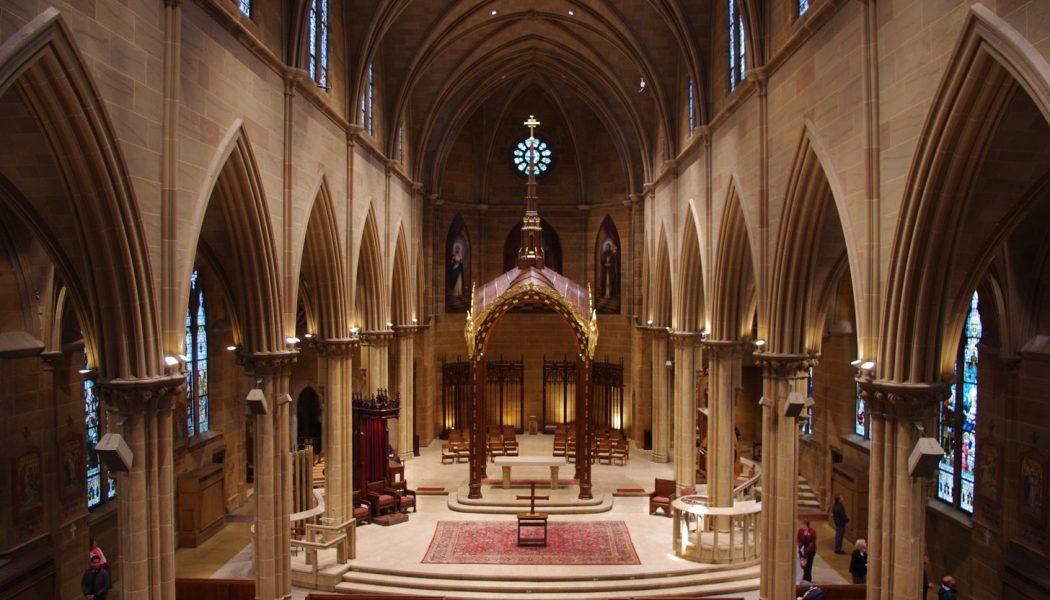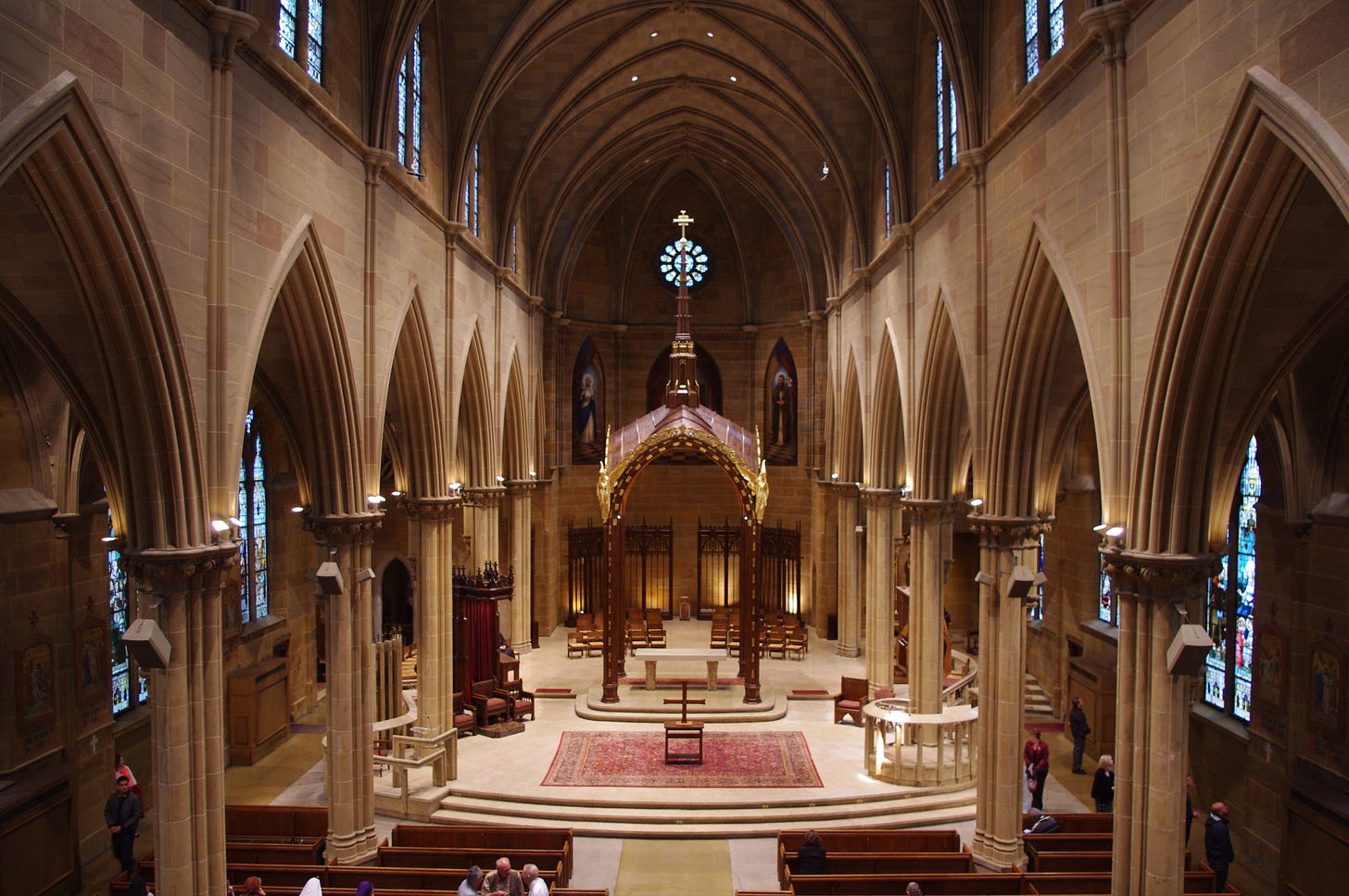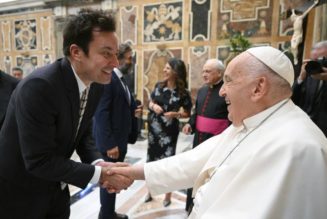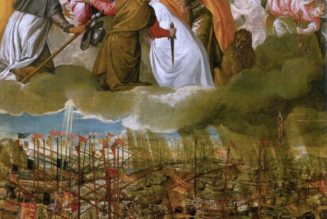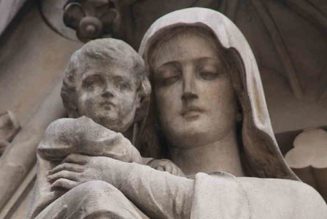This week, The Pillar published a special report on parish collections during the pandemic. You can read part one, part two, and part three here.
Data analyst Brendan Hodge created the dataset, conducted extensive analysis of the data, and wrote much of the series. To conclude our series, The Pillar invited Brendan to offer final analysis on the project, the opportunities and limits of data-based journalism, and his thoughts on parish giving as a Catholic father and husband.
We set out to understand the effect of the pandemic on parish collections.
In one sense, it was an easy task. The data was out there in a publicly available form: updates on weekly collections in parish bulletins published online by parishes all over the country. The only reason it wasn’t possible for someone to sit down and analyze the data immediately was that no one had done the work of taking all of those individual data points and pulling them together into one place.
So when JD Flynn, editor in chief of The Pillar, gave my proposal the green light, I drew on the support of my wife, older children, and members of our parish’s youth group to get through the several hundred hours of reading parish bulletins and noting down the collections from each week.
Now we have a data set showing the effect of the pandemic on parish collections in 100 parishes scattered across the United States. Results at individual parishes varied widely, with one seeing collections up 33% versus 2019, and another suffering a 43% decline, but the general trend was clear: the average parish suffered an offertory shortfall of $70,000 or 12% versus the prior year. If we extrapolate that across the nearly 17,000 Catholics parishes in the country, that’s a reduction in collections of $1.2 billion.
If you would like to access the data yourself, you can find a copy of it here. [Ed. note: While all of the data in our set is publicly available, we’ve replaced the names of parishes with coded numbers in our public dataset. If you are a researched with a particular interest or need for a dataset with the names of parishes, please contact us.]
This story is not really over. In December, the average parish in our study was down $8,122 in collections versus the December before. That kind of gap in offertory will cause pastors and finance councils to make hard choices about staff and programs, even as they try to plan a return to normal parish life.
A project like this allows us to see both the strengths and limits of data journalism.
On the one hand, this data gives us a window into the experience of many parishes across the country. A traditionally reported story might feature three to five anecdotes to support its conclusions. When the Associated Press did a pair of pieces reporting on the Paycheck Protection Program loans received by Catholic institutions, they interviewed a small number of people at a handful of Catholic institutions and concluded from their comments that Catholic institutions must not have required any assistance under the program. By contrast, using a data-driven approach allowed us to quantify the experience of 100 parishes spread across ten ecclesiastical provinces. This data is representative of the country as a whole in a way in which anecdotal reporting simply cannot be.
On the other hand, data analysis can tell us only about what is easily quantifiable. We found that the level of unemployment in the county where a parish was located was the factor most predictive of how much that parish’s tithing would have gone up or down during the pandemic. Yet even so, the variation was wide. Among the 28 parishes with a September 2020 county unemployment rate of 10% or more, 26 had seen collections go down versus 2019. But the change in offertory ranged from down 43% to up 10%.
Behind this wide range of data lies a huge number of individual experiences and choices, both at a parish community level and at an individual and family level, which created those results. Even as some people paused their tithing due to loss of income, other Catholics stepped up to give more, in an effort to help others during a difficult time.
As Andrew Robison, president of Petrus Development, told us: “There were kind of two responses to COVID. One was the pastor or the leadership team that said, ‘Well, we’ll see you when this is over’, and kind of shut down and didn’t increase communication…and didn’t shift what they did. And then we saw some pastors and leadership teams that said…we know we have to have restrictions when gathering, but we’re going to do other things. So some of the biggest stories were…pastors or priests that did parking lot Masses or parking lot confessionals, or they shifted some of their small group ministry from in-person to virtual gatherings.”
We did not have a way to assess what efforts a parish was or was not making to maintain the sacramental and community life of the parish despite the pandemic. Nor could we assess any number of factors which might have defined a parish’s health before the pandemic.
This means that because our data-driven approach necessarily focuses on the external effects (dollars of collections each week) and causes (unemployment rate, population density, COVID lockdown intensity), our study focused on some of the least important aspects of parish life. There is no way to conduct data analysis on the sacramental and liturgical life of the parish. We have no metrics for the degree to which the members of a parish believe that God has given them their financial resources not only for their own benefit but so that they can help those in need.
To the extent that those things appear in our data, it is in the things which are unexplained. Why did one parish see offertory increase even as many people in its county lost their jobs? Perhaps it was because parishioners had a deep sense of the need to help others. Why did another parish see collections drop despite a healthy local economy? Perhaps because there was not a deep sense of the parish continuing to bring the sacraments to its people in the midst of pandemic. But we can not know the answers to these questions, nor are the real answers likely to be simple.
What we can know as Catholics, and remind ourselves again as we head into a year of recovery for our society and our Catholic institutions, is that we among the tithe-paying laity are not passive actors in the Church. Our church is not given to us by the priest, the bishop, or the pope, although all of those have essential roles in play in providing access to the sacraments and preserving the deposit of faith. Like St. Francis who received his vision telling him “rebuild my church” we are responsible both for building the church both in the material and spiritual senses.
Funds to run our parishes will come from nowhere if they do not come from us. Vocations to our priesthood and religious orders must come from among us if we are to have the priests and vowed religious that we need. The next generation of Catholics will not grow up in the faith if we do not teach them to by our own word and example.
And so, while a study like this is helpful in understanding what is happening in the wider country, the fundamental duty of supporting and growing the church remains with each one of us.
Join Our Telegram Group : Salvation & Prosperity
